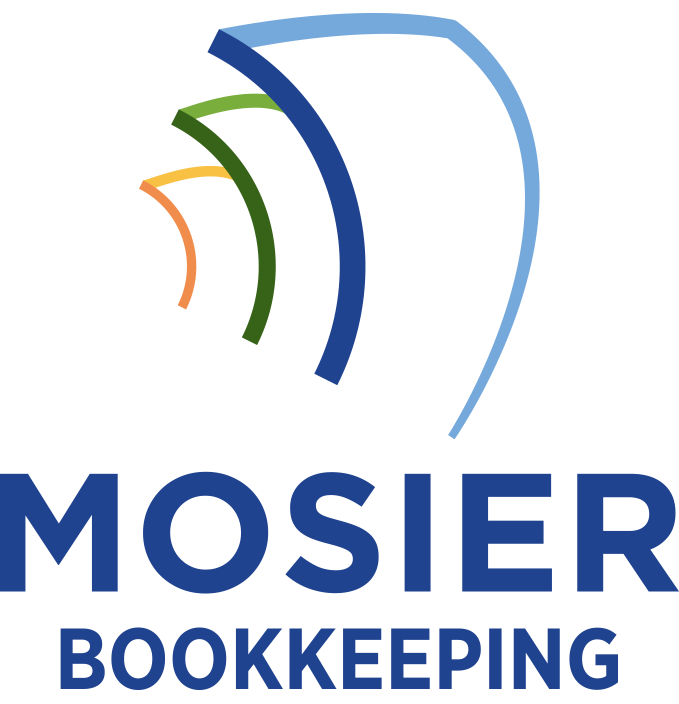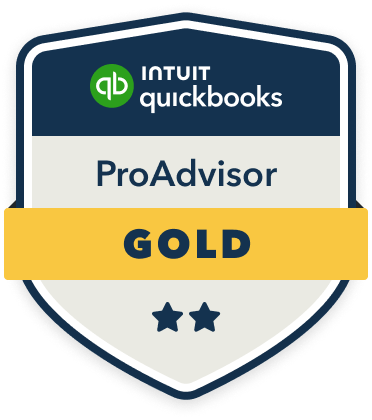Tracking community engagement through bookkeeping gives you powerful financial insights to demonstrate your impact and build trust. I’ve seen how detailed financial data analysis helps optimize resource allocation, predict future needs, and strengthen grant applications. By monitoring monetary contributions, volunteer hours, and program metrics, you’ll make data-driven decisions that maximize community benefit. Let me show you how proper financial tracking transforms engagement tracking from guesswork into strategic action.
Measuring Impact Through Financial Data Analysis

Three key financial metrics help measure the impact of community engagement initiatives: monetary contributions, volunteer hour valuations, and resource allocation patterns. I track these metrics systematically to quantify our community influence and demonstrate ROI to stakeholders.
By analyzing donation trends, I identify which programs resonate most effectively with donors. Converting volunteer hours into financial equivalents helps me showcase the full scope of community support. I then examine how resources flow through various initiatives, revealing opportunities to optimize impact.
This data empowers me to make strategic decisions, secure additional funding, and scale successful programs that drive measurable community transformation.
Enhancing Stakeholder Transparency and Trust
Maintaining detailed financial records enables me to build trust with stakeholders through consistent transparency. I leverage this data to demonstrate accountability and strengthen relationships with community partners, donors, and beneficiaries. My proven track record of financial stewardship empowers stakeholders to make informed decisions.
- Real-time access to financial metrics drives stakeholder confidence and participation
- Transparent reporting validates resource allocation and community impact
- Data-driven insights enable strategic collaboration with key decision-makers
Optimizing Resource Allocation for Community Programs

Effective bookkeeping allows me to strategically allocate resources across community programs based on data-driven insights. I leverage financial tracking to maximize impact and ROI for each initiative, ensuring ideal distribution of both monetary and human capital.
Program Type | Resource Allocation
—|—
Youth Development | 35% Budget, 8 Staff
Senior Services | 25% Budget, 6 Staff
Education Programs | 25% Budget, 7 Staff
Health Initiatives | 15% Budget, 4 Staff
Building Historical Engagement Patterns and Trends
Tracking historical engagement patterns allows me to identify key trends and make data-informed decisions about our community programs. I leverage this data to pinpoint which initiatives drive the highest participation and deliver maximum impact for our stakeholders.
- Analyze year-over-year attendance metrics to predict future resource requirements
- Monitor demographic shifts to adapt programs for emerging community needs
- Track ROI across different engagement channels to optimize budget allocation
Strengthening Grant Applications and Funding Opportunities

Historical data becomes even more valuable when applying for grants and securing funding opportunities. I’ve found that funders want clear evidence of your community impact and financial responsibility. By tracking engagement metrics through proper bookkeeping, I can demonstrate both quantitative and qualitative outcomes that strengthen grant applications.
When I present detailed records of volunteer hours, event attendance, and program participation alongside financial data, I create a compelling case for investment. This holistic approach shows funders that I can measure impact, manage resources effectively, and deliver sustainable results – exactly what they need to justify their support of my initiatives.








